Berkeley Plantation Virtual Tour

America’s First Thanksgiving
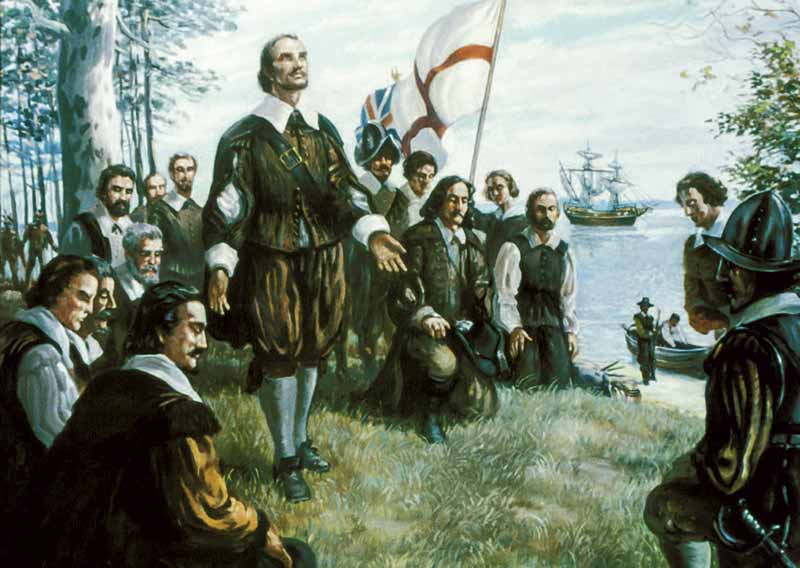
On December 4, 1619, a band of 35 stalwart Englishmen, led by Captain John Woodlief, arrived at Berkeley Plantation and observed America’s first English-speaking Thanksgiving.

A brick monument marks the spot of America’s first Thanksgiving.

Commemorative observance of America’s first Thanksgiving held annually on the first Sunday in November
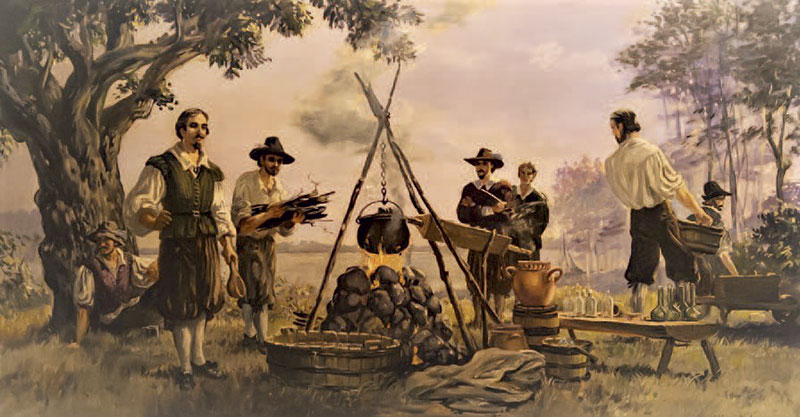
The first bourbon whiskey distilled at Berkeley in 1620

The Harrisons of Berkeley

In 1691, Berkeley was purchased by Benjamin Harrison III who established the first successful shipyard on the James River.
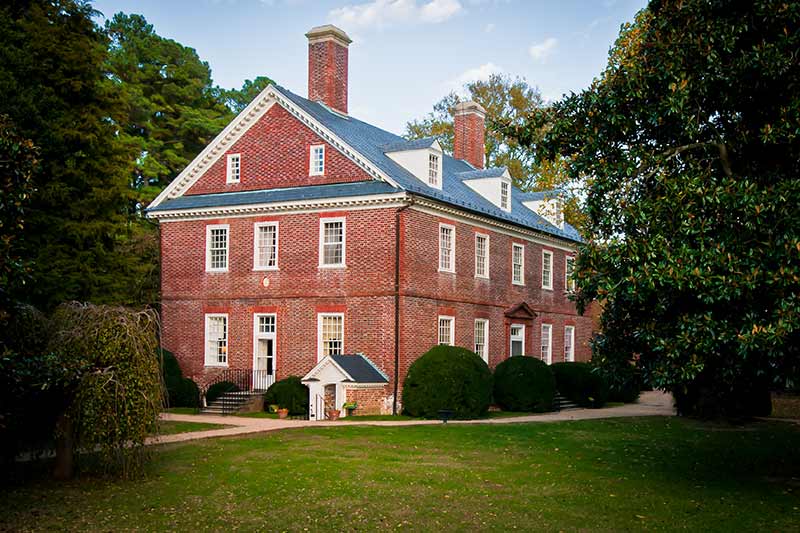
Benjamin Harrison IV built the three-story brick mansion, completed in 1726.
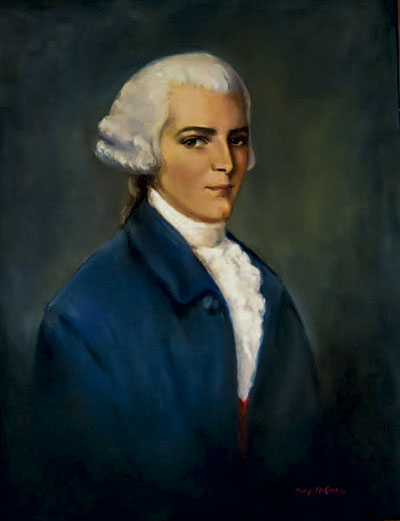
Benjamin Harrison V, signer of the Declaration of Independence, governor of Virginia, and eighteenth-century owner
of Berkeley Plantation
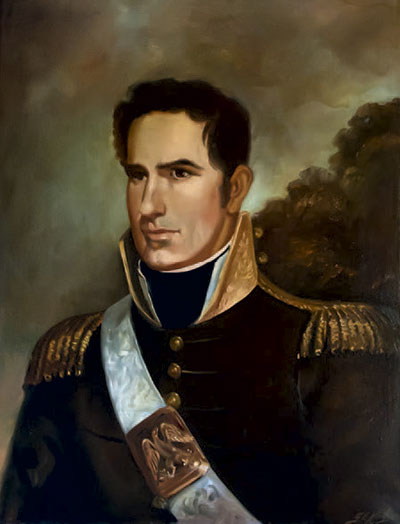
William H. Harrison, ninth U. S. president, born at Berkeley Plantation in 1773
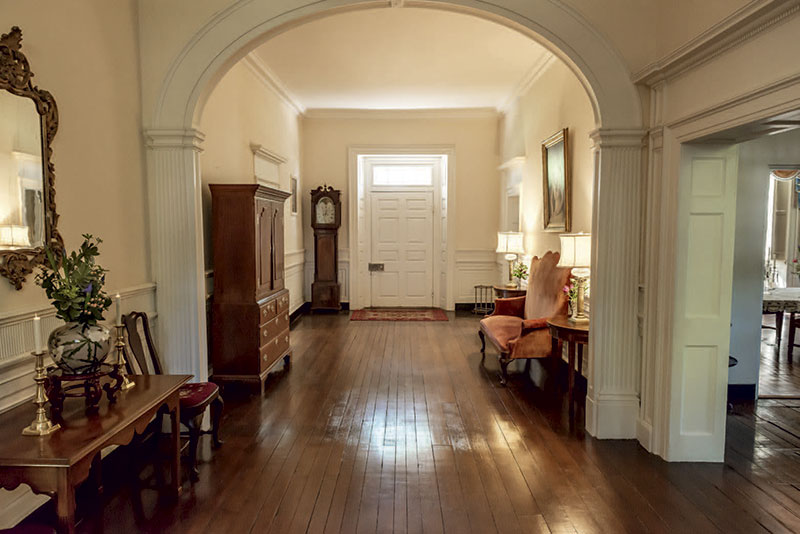
Berkeley’s entrance hall served as the Harrison’s ballroom.
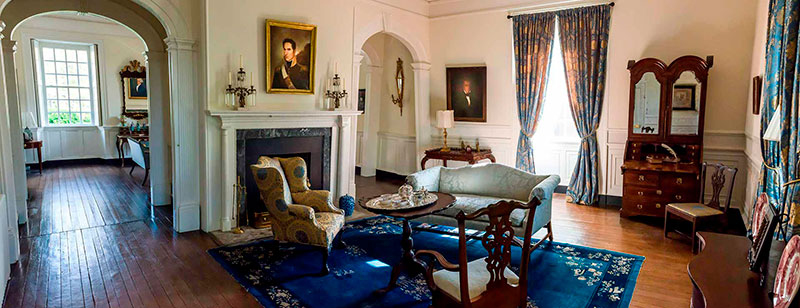
The handsome Adam woodwork and the double arches of the ‘Great Rooms’ were installed by Benjamin Harrison VI at the direction of Thomas Jefferson.


Berkeley’s gardens and lawn extend for a full quarter mile from the front door of the mansion to the river banks.

The Army of the Potomac and Harrison’s Landing

Harrison’s Landing at Berkeley was a major Union supply port during the Civil War.

President Lincoln visited Berkeley during the war to review the troops.
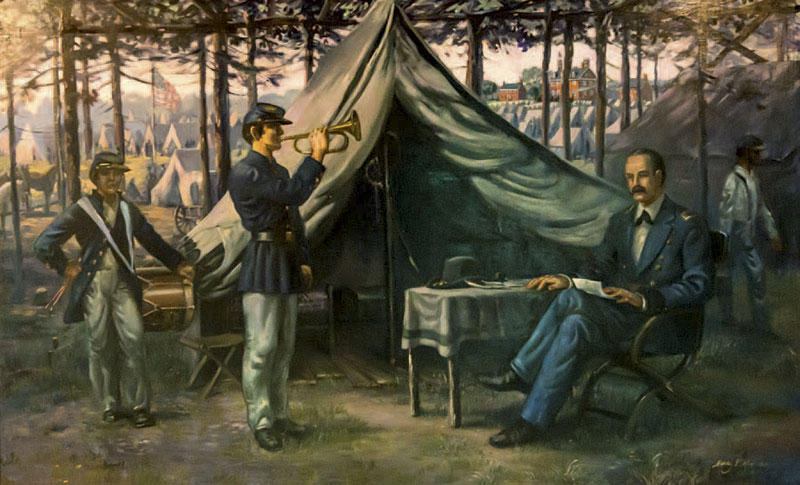
“Taps,” first played at Harrison’s Landing on Berkeley Plantation in July 1862

“Taps” monument overlooking the James River

Drummer Boy Returns
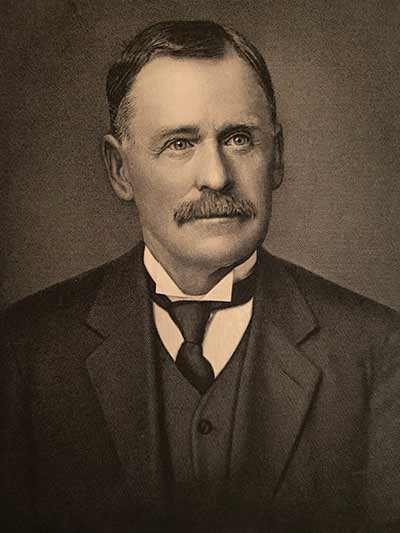
John Jamieson, a drummer boy with McClellan’s army (1862), purchased Berkeley in 1907
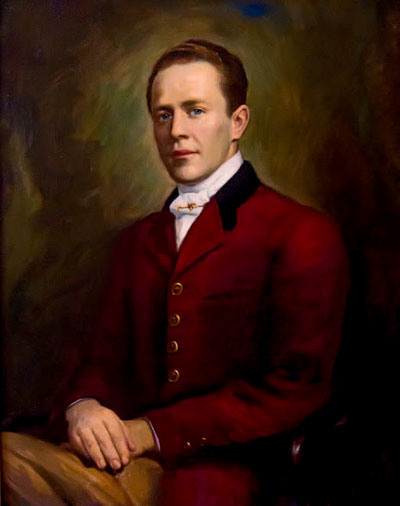

Malcolm and Grace Jamieson, who together restored Berkeley Plantation

The 100-year-old boxwood garden gracing Berkeley’s buildings and 10 acres of formal gardens are some of the most extensive in Virginia.

Gentlemen’s Room

Berkeley’s mansion is furnished with a rare collection of eighteenth-century antiques, Chinese porcelain, and English silver.
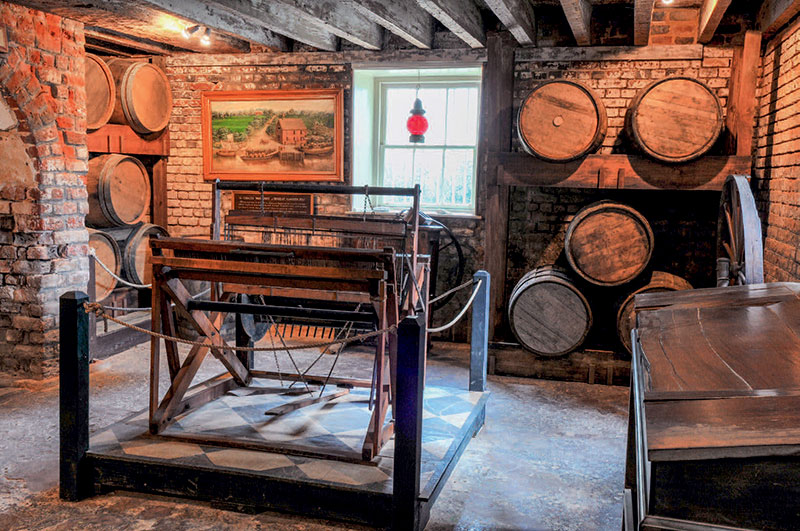
Native American, Colonial, and Civil War artifacts, along with historical paintings and exhibits, can be explored in the eighteenth-century basement.

Reconstructed slave quarters tell the story of the enslaved workers that lived and worked at Berkeley.

The kitchen was built after Berkeley’s mansion was completed in 1726. Meals were prepared on the first floor and enslaved cooks lived on the upper floor.
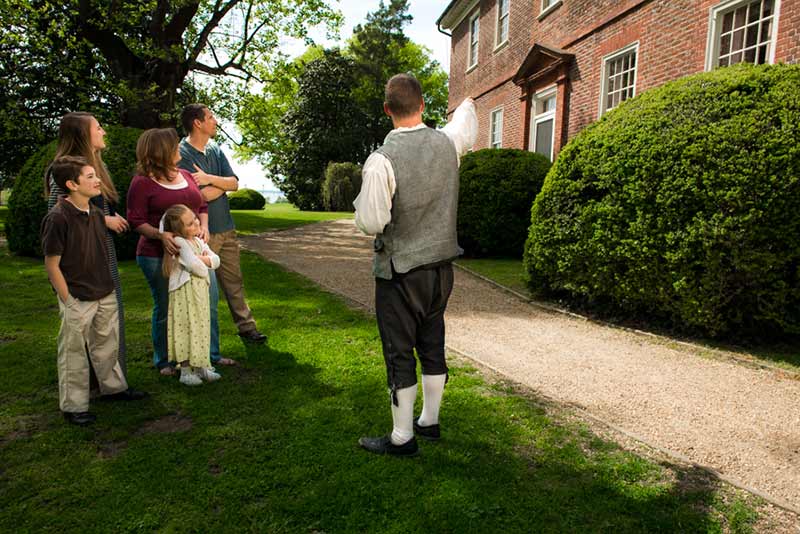
The Jamiesons intend to carry on the love and dedication through each generation, as did their parents and grandparents. It is the Jamiesons’ intention to keep the plantation open to the public for future generations to enjoy.